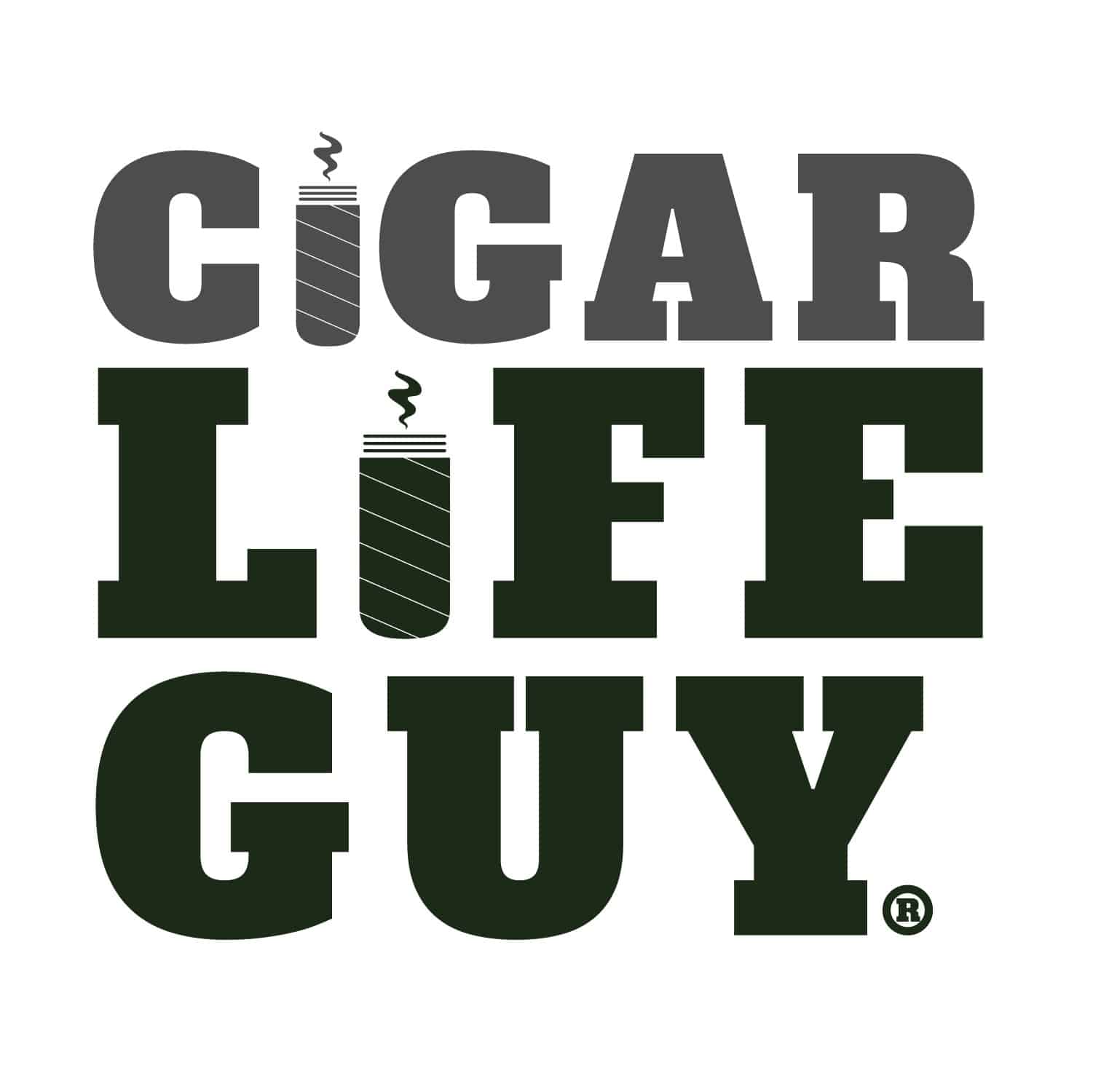You’ve probably seen the stereotype. A mob boss or a CEO walks into a room with a fat cigar. It’s a symbol of power — a literal token of superiority. This is the stuff of movies. Most experienced smokers know large ring gauges of fat cigars, like Gigantes and Magnums, are relatively new. Cigar makers in Cuba would never think of making cigars with a bigger ring than 50. So what’s the big deal? Is bigger better? Not necessarily.
What Constitutes a Fat Cigar?
Knowing ring gauges is one of the first things cigar newbies should learn. Churchills, one of the well-known sizes, typically have a ring size of 46-50. Big rings are anything 54 and above. Since gauges are measured in fractions of 1/64th of an inch, we are talking about cigars that measure an inch or larger in diameter. Enormous, by traditional Cuban standards.
Many cigar lines now make blends with 60 gauge variety, and some have even gone beyond 64, but this wasn’t always the case. Perhaps it was the American ideal of bigger is better, but during the 90s boom, ring gauges kept getting bigger. Americans like their cars big, their meals big, so cigars were no different.
It started out modestly in the late 1990s when La Gloria Cubana introduced their Serie R. The line’s original 52 and 54 gauge cigars are humble compared with the gargantuan ring gauges being made now. When it released the 6X60 No.6 in 2001, there was no turning back. The trend took off. By 2012 when the Inch premiered and Asylum shortly after, cigars with gauges 64 and up to 70 and 80 became normal for the industry.
Are Fat Cigars Worth the Time?
Call them Gigantes or Grandes some cigar smokers might call them garish. Big gauges contain more binder and filler than the average cigar, which is why some purists avoid them. Binder and fillers are made from cheaper tobacco, and big gauges use a lot more of it than a Corona or Churchill. What you may miss is the essence of the exterior wrapper. Additionally, many cigar smokers simply don’t care for the mouthfeel of a cigar with a large gauge.
When mixing blends, most cigar makers start by constructing a Corona. The reason? The smaller ring gauge is the benchmark for the purity of the blend.
Still, there are some advantages to smoking a big ring gauge. Larger cigars burn cooler than the smaller varieties, and if you are looking for a long meditative smoke, perhaps there’s no better choice. Most times, a larger cigar won’t even cost much more than other shapes. All that binder and filler keep costs lower than or equal to the more complex shapes like Perfectos or Torpedos.
The cigar lifestyle is about figuring out what you like. Our suggestion is to taste around. Choose a cigar line you like. Start with a Corona or one of the smaller sizes and move on up the ladder. Noticing how the ring gauge affects flavor is one way to refine your palate. If your favorite brand makes a Gigante or Magnum, and you’ve got the time try it.
Photo credit: Cigar Life Guy


